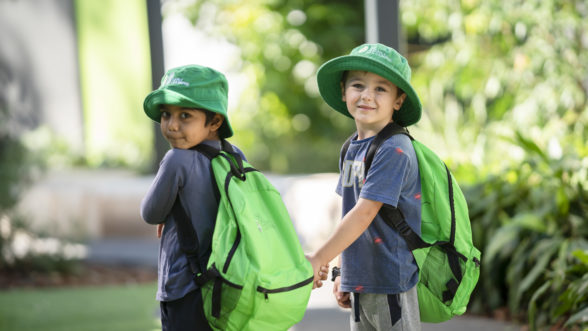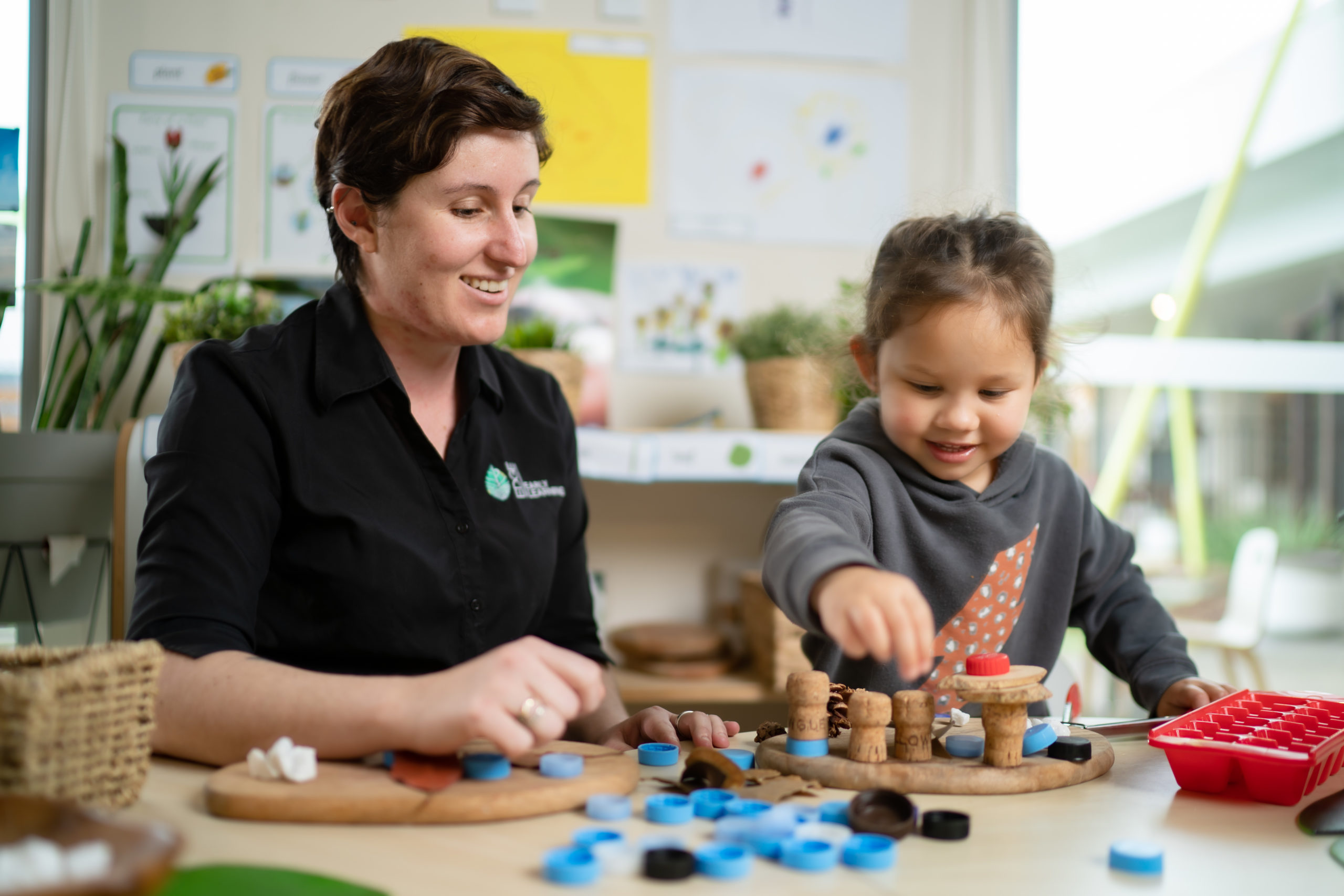
Education, Uncategorised, Useful tools
Uncategorised
10 November, 2021

Learning styles are patterns that can greatly assist with learning and teaching. The four main learning styles are visual, auditory, tactile, and kinaesthetic, and it’s not uncommon for children to prefer more than one style.
To be able to identify them in your children, it’s important to understand the different learning styles for kids. The four types of learning styles are…
People who prefer to learn visually need to see information in order to process it. Visual learners may like to utilise tools like graphs, maps, and diagrams to better comprehend information, and will typically retain knowledge when they have seen it (for example, in a movie). The visual learning style can also encompass body language, facial expressions and more, meaning visual learners often pay more attention to how people speak than what they are saying. To teach a visual learner:
Those who learn better by listening are called auditory learners. They understand and remember information better when they can hear it, whether it is an audiobook, listening to their teacher, and even by reading out loud themselves. Auditory learners store information by the way it sounds, and better understand instructions when they are spoken to them, rather than if they are written down. To teach an auditory learner:
Tactile learners best absorb and retain information through activities involving touch, and material that is presented in a solely auditory or visual manner likely won’t engage them. Tactile learners learn best by using their hands, so will be more likely to retain information learned through physical projects. An activity-focused approach to teaching is best for tactile learners. To teach a tactile learner:
Kinaesthetic learning is similar to tactile learning, though there are a few distinct differences. Kinaesthetic learners use their whole bodies while learning, and typically have a high level of gross motor skills. Kinaesthetic learners will exceed at activities like athletics, dancing, or acting but, like tactile learners, will struggle with content that is presented in an auditory or visual way and find it hard to sit still. To teach a kinaesthetic learner:
If you’re still unsure as to which learning style your child might prefer, you could try an online learning style assessment for kids.
Edge caters to all children’s learning styles and we implement an inquiry-based approach where children are encouraged to ask questions, explore new ideas and learn through play.
Inquiry-based educating is all about dynamic learning where our Educators start by posing questions or scenarios to trigger curiosity and encourage children to investigate their findings. This type of learning is particularly beneficial in developing problem-solving and communication skills.
Fostering these skills in a child’s early years gives them the opportunity to develop stronger relationships with their peers and is therefore excellent for confidence building and preparation towards starting school.